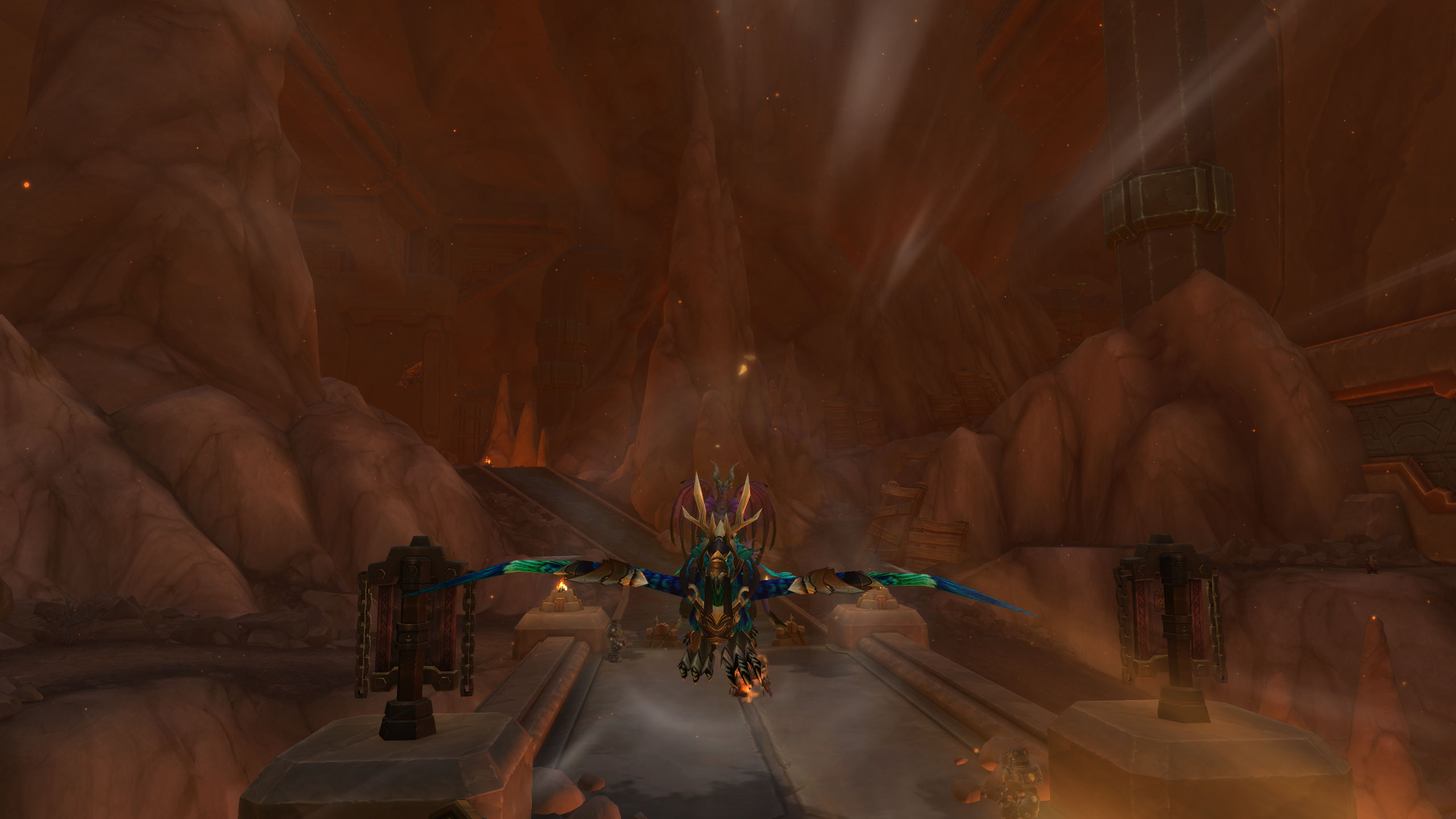In The War Within expansion, the thrilling tradition of skyriding has reached unprecedented heights—literally descending into Azeroth’s subterranean realms. Skyriding races blend speed, skill, and knowledge of complex aerial pathways inside giant caves, volcanic conduits, and Titan-carved tunnels. Unlike surface races, these competitions require competitors to navigate treacherous currents of air, avoid environmental hazards like magma plumes and crystal formations, and master specialized skyriding mounts capable of brief hovering or rapid vertical maneuvers. Whether you’re competing in Skyreach Tunnels, Obsidian Caverns, or Deepstone Rift, each race tests a rider’s reflexes, familiarity with mount abilities, and willingness to take calculated risks. This guide covers course layouts, mount selections, essential skills, and winning strategies. From understanding air currents to executing tight drifts around stalactite pillars, mastering skyriding races can earn you prestigious achievements, exclusive mounts, and the respect of fellow skyriders. Whether you’re a casual rider seeking new thrills or a seasoned competitor aiming for the top leaderboard spots, this overview will help you prepare to conquer the skies—beneath the surface.
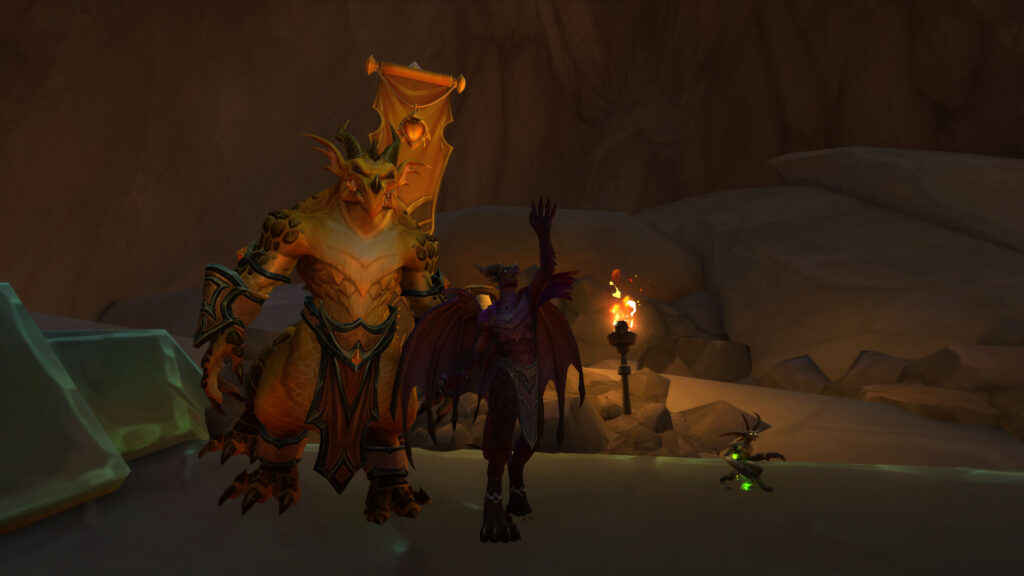
Race Courses and Layouts
Skyriding races in TWW take place across several major underground courses: Skyreach Tunnels, Crystal Spire Circuit, Obsidian Caverns, and Deepstone Rift. Skyreach Tunnels is the introductory course, featuring wide corridors and gentle air currents that allow new riders to practice essential skills like acceleration bursts and basic hovering. Crystal Spire Circuit ramps up difficulty, with sharp turns around glowing crystal pillars and narrow windows that require precise control. Obsidian Caverns emphasizes verticality—tracks ascend through lava-filled chambers, forcing riders to perform rapid ascents and descents between floating platforms. Finally, Deepstone Rift is the most challenging, with unpredictable air currents, collapsing rock bridges, and random magma vents that spit bursts of fire. Each course presents unique environmental hazards and layout quirks. Pre-race familiarization is crucial: riders should spend time flying through practice laps, taking note of shortcut potential and pinching points where opponents can be jostled off course. Understanding how each course flows—where to gain maximum momentum, where to conserve speed, and where to anticipate sharp turns—forms the backbone of any winning strategy.
Mount Mechanics and Skill Requirements
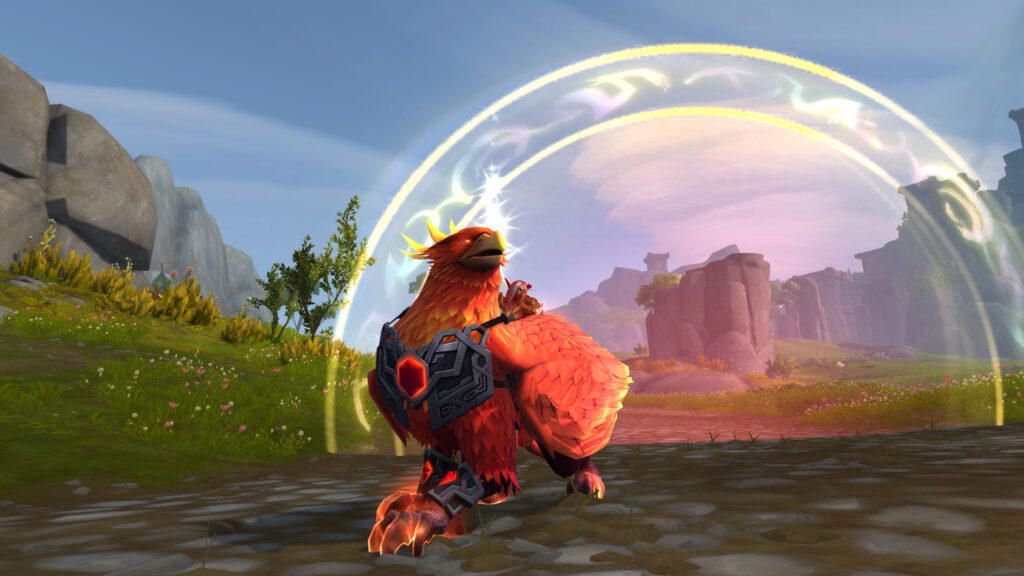
Not all mounts are created equal when it comes to skyriding. While every eligible skyriding mount can race, specialized mounts offer advantages in speed, stamina, or agility. Key abilities include “Burst Flight,” which provides a short, powerful forward surge; “Hover Stabilizer,” which grants a brief hover to adjust trajectory; and “Thermal Glide,” which allows riders to catch heat currents for upward lifts. Some mounts, like the Magmaflame Skyrider, excel at maneuvers near lava vents thanks to Fire Resist bonuses. Others, such as the Icewind Ray, harness cold currents to glide over large chasms. Compounding these abilities, riders have to manage stamina—continuous acceleration drains mount stamina quickly, requiring strategic bursts timed between safe zones. Precision steering is equally vital: clipping a cave wall at high speed can result in severe speed loss or even fall damage. To excel, riders should practice chaining “Burst Flight” with “Hover Stabilizer” in tight spaces, learn to read subtle wind shifts, and anticipate environmental triggers like magma jets or downward drafts. Mastery of these mechanics will allow for smoother lines through courses, fewer stalls at tight corners, and faster recovery from mistakes.
| Mount | Primary Ability | Strength | Weakness |
|---|---|---|---|
| Magmaflame Skyrider | Burst Flight | Fire Resist, rapid acceleration | Lower hover time in cold currents |
| Icewind Ray | Thermal Glide | Glide over large gaps, high agility | Susceptible to heat-based damage |
| Stormcrest Roc | Hover Stabilizer | Extended hover, precise steering | Slower burst cooldown |
| Shadowwing Drake | Umbral Flit | Brief invisibility, dodge obstacles | Limited burst speed |
Strategies for Winning Races
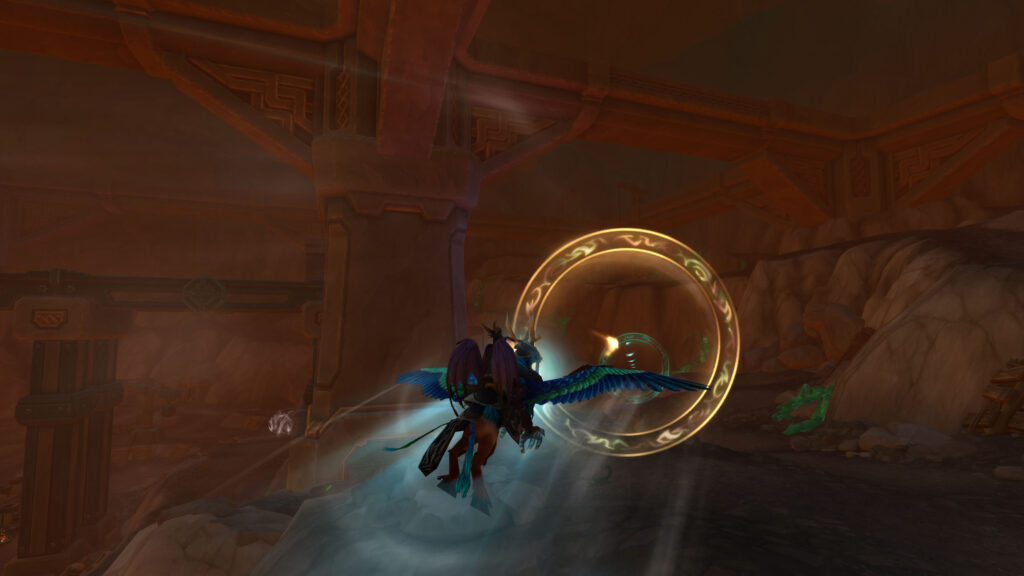
Winning a skyriding race demands more than raw speed—it requires track knowledge, split-second decision-making, and risk assessment. Before the race, riders should pre-load their mount abilities, ensuring quick access to “Burst Flight” and “Hover Stabilizer.” In Skyreach Tunnels, maintaining top speed around wide arcs and using “Burst Flight” immediately after long straightaways maximizes momentum. As riders enter Crystal Spire Circuit, early deployment of “Hover Stabilizer” near crystal pillars prevents clipping and slows only momentarily, allowing near-immediate return to full speed. In Obsidian Caverns, vertical sections can be bypassed by catching rising magma air currents; “Thermal Glide” is essential here. Savvy riders will intentionally dip near magma vents to gain lift—trading a momentary speed decrease for significant altitude advantage. Deepstone Rift’s unpredictability means staying near tunnel centers to avoid sudden wall collapses; “Umbral Flit” can dodge falling debris or elongate lines through narrow gaps. Additionally, shadowing opponents—staying close behind before using “Burst Flight” for an overtake in confined spaces—can be decisive. Communication with teammates in relay-style races, where multiple riders share a combined time, is equally vital: indicating when to hand off mounts or when to take a more risky shortcut can shave precious seconds off overall time.
- Memorize each course layout and environmental hazards.
- Practice chaining mount abilities to maintain speed.
- Use “Hover Stabilizer” to correct mid-air trajectory errors.
- Exploit magma currents or thermal updrafts for vertical lifts.
- Shadow opponents to set up strategic overtakes at choke points.
Rewards, Achievements, and Community Events
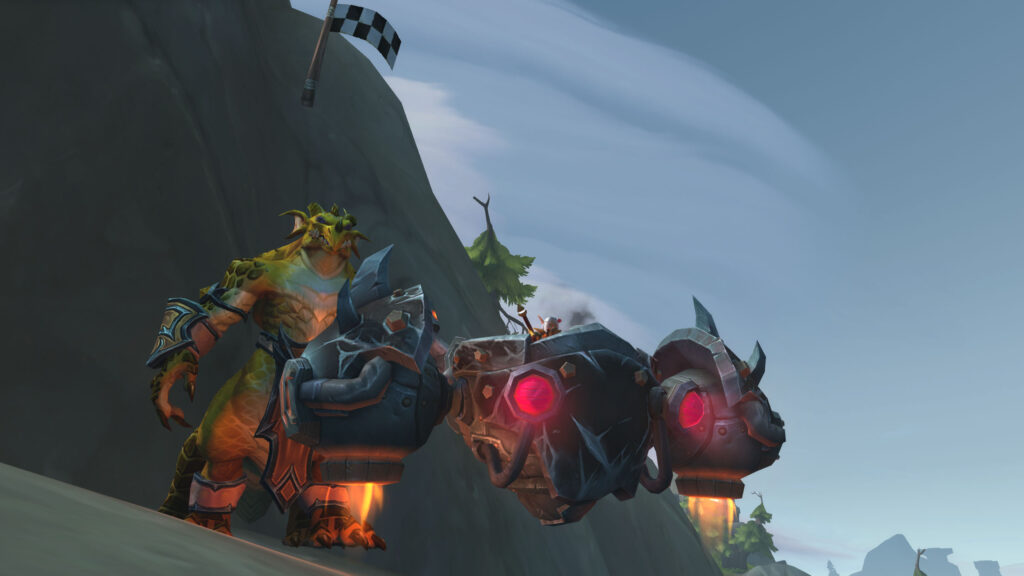
Beyond the thrill of competition, skyriding races in TWW offer substantial rewards. Winning solo events grants “Skybreaker’s Emblem,” which can be exchanged for exclusive mounts like the “Molten Thunderwing” or “Frostwind Drake.” Completing daily race challenges—such as finishing in the top three at least three times—earns “Aerial Competitor’s Cache,” containing upgrade tokens for skyriding gear (e.g., stamina-enhancing talismans or wind-resistant cloaks). Long-term achievements include “Tunnel Champion,” awarded for maintaining a top-ten leaderboard position for 30 consecutive days, and “Master of the Depths,” for conquering all courses without taking a single crash penalty. Community events, often hosted by in-game race organizers, feature relay marathons where teams of four riders each tackle a section of a massively long course, combining times for total placement. These events foster camaraderie and friendly rivalry, with crowds gathering near starting gates and spectators cheering from safe vantage points. For casual riders, weekly “Fun Runs” offer cosmetic prizes—such as tinted mount skins or themed banners—encouraging participation even if competition is not the primary goal. Ultimately, skyriding races provide both a test of skill and a platform for Azeroth’s riders to forge reputations and earn unique rewards that reflect their mastery of the skies below.
